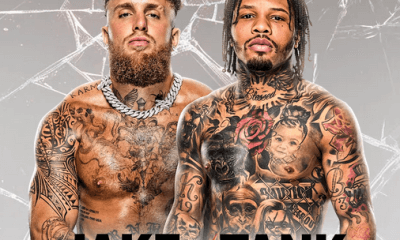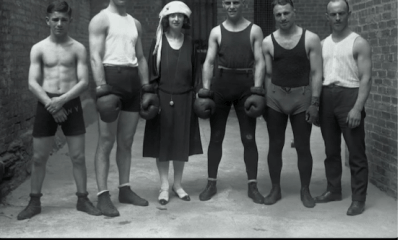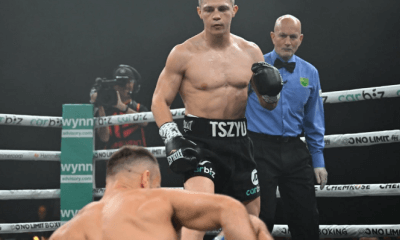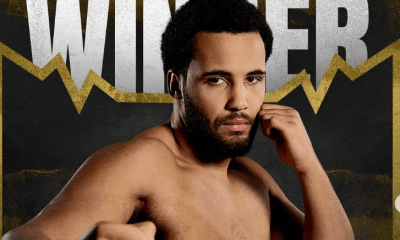Featured Articles
How Much Is Left for Roman “Chocolatito” Gonzalez?
I first wrote about Roman Gonzalez in 2010. He was a baby-faced 105lb shotgun then, but was not widely known. I predicted that he would be the world’s number
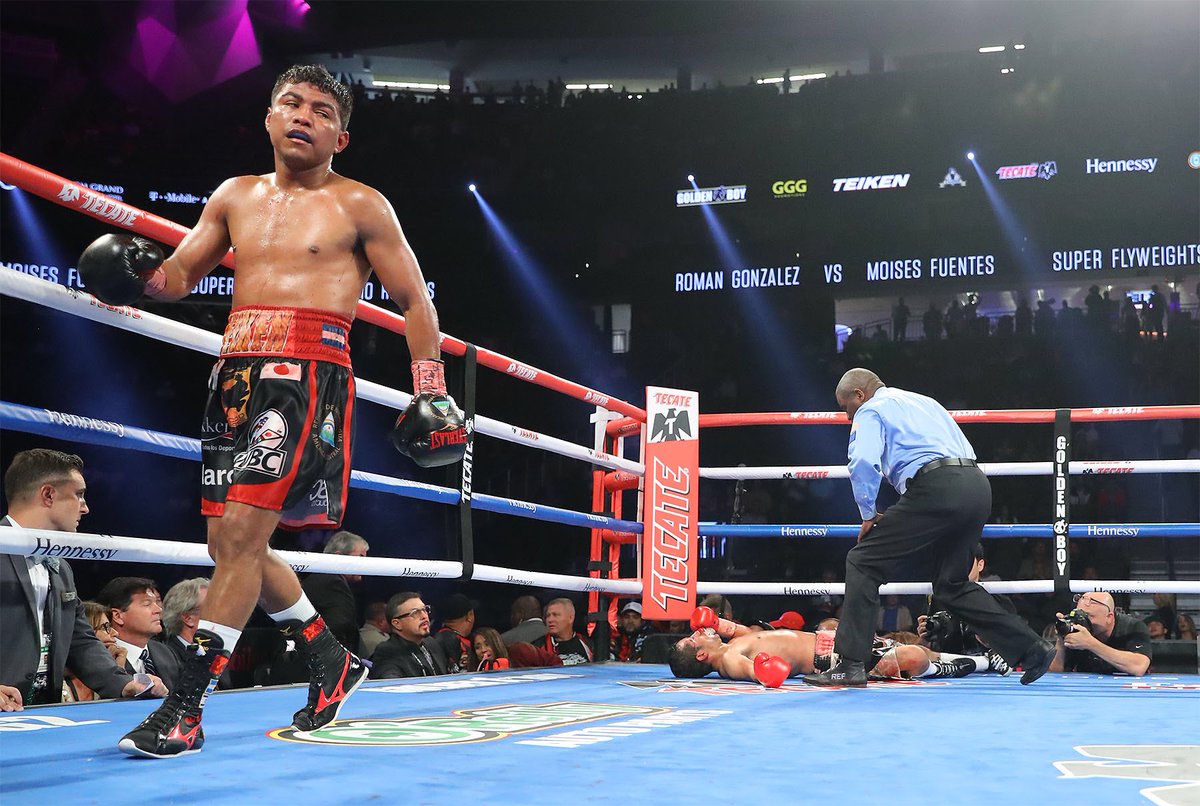
I first wrote about Roman Gonzalez in 2010. He was a baby-faced 105lb shotgun then, but was not widely known. I predicted that he would be the world’s number one fighter one day and also that when he eventually came undone, it would be against a southpaw.
I also predicted that, for Gonzalez, there would be no second act. Once undone, he would stay undone. Gonzalez was no Jake LaMotta, no sponge for acid, and to describe him as face first would be to do a disservice to the high guard and sleek slippage of punches that, even as a minimumweight, he was already exhibiting. I felt, however, that the purity of the violence he dealt in required a commitment that a hurtful defeat might undo. I also felt that super-flyweight would be his roof and that when he landed there he might find himself tangling with various immovable objects, where once give had been guaranteed.
So I was not surprised when southpaw superflyweight deluxe thug Srisaket Sor Rungvisai dropped him like a stone down a well late last year. I did have a bad feeling as regarded his comeback this weekend though.
An earlier aborted attempt at a return to action seemed to have been caused by the most disappointing of reasons, his perceived inability to make the 115lb limit in time. Once a fighter has decided to eat himself into the divisions above it’s rare to see him back at his old trim; the nightmarish vision of Gonzalez trying to compete with Naoya Inoue and Zolani Tete reared its ugly head momentarily, but Gonzalez set to work and made the grade, like he so often has.
A fight with Moises Fuentes at 115lbs was his reward.
Quantifying this opponent is important. Fuentes had, at one time, been ranked among the very best light-flyweights in the world. He exited that division after winning a crackling match with perennial warmonger Francisco Rodriguez and then losing by knockout to Kosoei Tanaka. After straying dangerously close to 120lbs and splitting a pair with Ulises Lara, he struggled back down to 112lbs only to be brutalized by Japanese prospect Daigo Higa in a single round. The word “shot” started to be muttered in connection with Fuentes in the wake of this result.
Gonzalez meanwhile was being marooned on the wrong side of history in his native Nicaragua as the country fell down around his ears. The political disaster wrought upon his people left him in an isolated position politically and, undoubtedly, with severe personal financial problems of his own.
So there were two desperate men sharing the ring on the undercard of Golovkin-Alvarez contest but to my eye, Gonzalez-Fuentes was far and away the most interesting match.
Gonzalez looked old and dry during the referee’s instructions, his expression hangdog, new folds of expression on his once smooth features. He looked down, not unusual, but he radiated a sliver of defeat where once there had been only surety.
Until the bell rang.
Gonzalez, in his prime, was among the best combination punches of the modern era. This has always been his stated mode of expression, eight to twelve punches his declared and terrifying target and he has proven himself capable of landing at the lower end of this range. Nor are these the “mixing” punches of, say, Joe Calzaghe, who cuffed and slapped and looked to land a meaningful punch in among the a stream of less hurtful shots. Gonzalez meant business.
As business boomed and he became the lineal flyweight champion of the world, he continued to add layers. By the time of his flyweight reign he had developed one of the most dangerous right hands in the world. He shaped it in all ways, he threw it at all ranges, he targeted head, body, chest, and such was his balance and stance that he did all of this without selling the punch. When Gonzalez dipped his left shoulder to throw a left-hook or uppercut, he could instead transplant that punch with a straight right.
Certainly not all of the above was confirmed against Fuentes. He wasn’t buying the space like he used to, developing strange angles to begin the withering barrages that we saw in his prime, but we did see him throw the same explosive and unexpected combinations, sometimes leading with the left-uppercut, a suicide punch for many fighters. And we saw him use that right hand.
We saw him feint with it to open up for the left and we saw him use it as a prop punch for a hook or uppercut, and we finally saw him unleash it, on the button, for what may be the knockout of the year. Gonzalez rounded the brave Fuentes up, cornered him, and then knocked him unconscious with a punch that traveled through the target and “frightened” Gonzalez into thinking that he had legitimately hurt the Mexican.
His relief when Fuentes returned to us, cross-eyed and confounded, but unharmed, was palpable.
My pre-fight wish was that Gonzalez would look very bad and be forced to consider retirement, or very good, thereby hoping that my final prediction would be denied and “Chocolatito” could be declared back in the title hunt.
Though what we got is certainly more the latter than the former, in truth it is neither.
Gonzalez’s speed of foot had begun to betray him even before Rungvisai pole-axed him and although he looked sprightly at times here, he’s not going to be as quick at 115lbs as he was at 108. More, he landed a lot of punches on Fuentes and Fuentes stood up to them. When Gonzalez hit that kind of stride at 112lbs, even burning heart warriors like Akira Yaegashi wilted; Fuentes was able to rally several times which was good for the contest but makes clear that Gonzalez left his truly destructive power behind when he left his flyweight title behind. Murderous in landing the perfect shot, clubbing super-flyweight foes into submission is going to remain extremely challenging.
So when he comes up against a meaningful challenger, he will have to defeat him with craft, guile, and what remains one of the most fluid offenses in the sport. Many of his potential opponents will be faster than him and some will be able to hit as hard or harder.
Gonzalez will no doubt be in pursuit of a strap. This leaves him with three choices.
Rungvisai, the legitimate champion, we know about. Gonzalez may want a third fight and given the weakness of the matches on the most recent HBO Superfly card, it is far from impossible that it can be made. If it was made next, Rungvisai must be considered a heavy favorite.
The wonderful Filipino Jerwin Ancajas, too, holds a strap at the weight and he, too, should be avoided unless Gonzalez is determined to undertake an all-or-nothing swoop at a fighter entering his prime. This contest is not unwinnable for Gonzalez, but all things considered, it would arguably be the very best victory of his career if he were to pull it off.
Finally, there is Englishman Khalid Yafai.
Yafai is the right man. He is the type of fighter that Gonzalez has specialized in breaking since he turned pro; a fleet-footed, clever boxer short on dig and high on flurries. Yafai is definitely good enough to stay ahead for spells, he might even be good enough to win seven rounds, but he is not going to brutalize Gonzalez while he does it. Here is a fight for a strap that Gonzalez would be favored to win.
Alas, promotional vagaries also make it the most difficult to make. But perhaps Gonzalez will bide his time. There are other meaningful contests to be made in a sprightly division undergoing yet another quality iteration. Perhaps Gonzalez will seek a rematch with old foe Juan Francisco Estrada, still dangerous but underwhelming in his most recent contest. Perhaps a battle of the veterans can be sold to HBO and Gonzalez can tangle with Donnie Nietes. Or maybe power-brokers would be more excited to see him in with another mysterious old man from foreign shores and Gonzalez-Kazuto Ioka can be made.
These are all exciting fights and most of them can be made with a minimum of fuss.
So it’s Roman Gonzalez then, perhaps not quite back, but certainly warming up in the wings. And if the division isn’t quite trembling, it can at least be said to have thrown a quick look over its shoulder into the gathering gloom.
Check out more boxing news on video at The Boxing Channel
-

 Featured Articles4 weeks ago
Featured Articles4 weeks agoThe Hauser Report: Zayas-Garcia, Pacquiao, Usyk, and the NYSAC
-
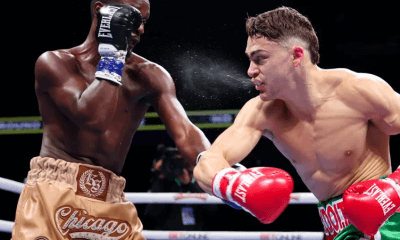
 Featured Articles3 weeks ago
Featured Articles3 weeks agoOscar Duarte and Regis Prograis Prevail on an Action-Packed Fight Card in Chicago
-
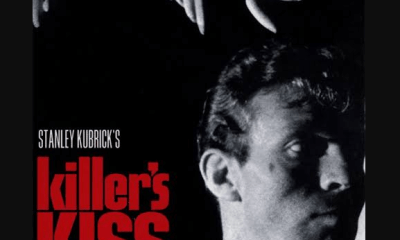
 Featured Articles2 weeks ago
Featured Articles2 weeks agoThe Hauser Report: Cinematic and Literary Notes
-
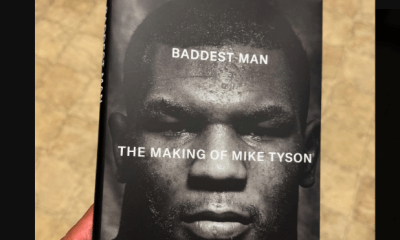
 Book Review2 weeks ago
Book Review2 weeks agoMark Kriegel’s New Book About Mike Tyson is a Must-Read
-

 Featured Articles4 weeks ago
Featured Articles4 weeks agoRemembering Dwight Muhammad Qawi (1953-2025) and his Triumphant Return to Prison
-
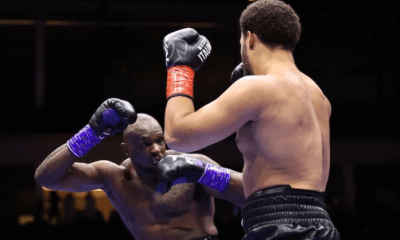
 Featured Articles7 days ago
Featured Articles7 days agoMoses Itauma Continues his Rapid Rise; Steamrolls Dillian Whyte in Riyadh
-
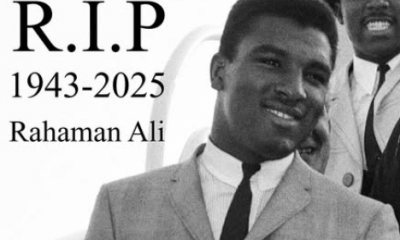
 Featured Articles3 weeks ago
Featured Articles3 weeks agoRahaman Ali (1943-2025)
-

 Featured Articles3 weeks ago
Featured Articles3 weeks agoTop Rank Boxing is in Limbo, but that Hasn’t Benched Robert Garcia’s Up-and-Comers


